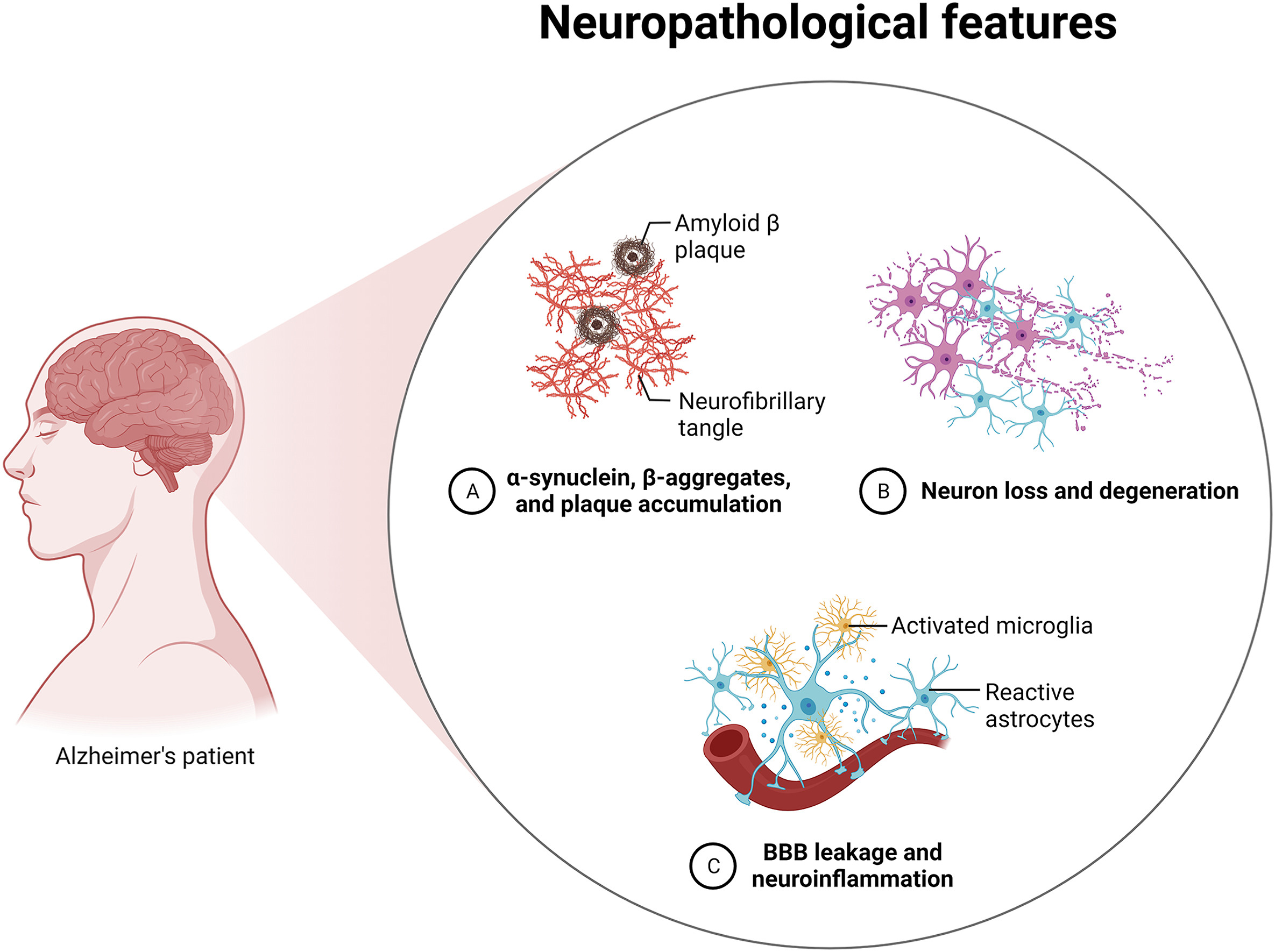Elsevier,
The Lancet Neurology, Volume 23, July 2024
This Article supports SDG 3 by assessing the effectiveness of specialist physiotherapy for functional motor disorder and finding that future research should refine interventions for this population and develop evidence-based methods to guide treatment.
Elsevier,
Neurochemistry International, Volume 177, July 2024
This review provides a comprehensive overview of both conventional and novel therapeutic strategies for Alzheimer's disease (AD), highlighting traditional Acetylcholinesterase (AChE) inhibition and emerging approaches such as Butyrylcholinesterase (BChE) inhibition, Tau Protein inhibitors, and COX-2 inhibition, while also exploring the roles of endocannabinoids, cholesterol-lowering drugs, and microRNA, alongside novel research tools and current clinical trials, to offer a consolidated resource for advancing AD treatment and research.
Elsevier,
Archives of Medical Research, Volume 55, July 2024
This article provides evidence that disruption of the intestinal mucosal barrier contributes to sarcopenia and functional dependence in patients with AD. RE may be an effective therapy to strengthen the intestinal mucosal barrier, reduce sarcopenia, and improve functional performance in patients with AD.
Elsevier,
Journal of Nutrition, Volume 154, July 2024
This study aimed to examine relationships among eating frequency, timing and time window, and cognitive performance and novel Alzheimer disease (AD) biomarkers in cognitively healthy and mildly cognitively impaired middle-aged and older adults. It concluded that an eating pattern characterized by less frequent eating and/or by earlier times is present in individuals with worse cognitive performance. The results shed light on the relevance of temporal eating patterns as potential early markers of behavioral or metabolic changes related to AD pathology.
Elsevier,
Neuroscience Research, Volume 204, July 2024
This study found that Alzheimer’s disease neuropathological change (ADNC) is associated with gene expression changes that may impair cholesterol biosynthesis in neurones but not astrocytes, whilst levels of cortical cholesterol show a weak relationship to dementia status.
Elsevier,
Neuropharmacology, Volume 252, 1 July 2024
Every year, 10 million people develop dementia, most commonly Alzheimer's disease (AD), and despite limited therapies and no prevention for cognitive decline, this review offers a neuroimmunological perspective on AD progression, focusing on the role of the NLRP3 inflammasome, its brain triggers, and the potential impact of various NLRP3 inhibitors currently under investigation in preclinical and clinical trials.
Elsevier,
Engineering Applications of Artificial Intelligence, Volume 133, July 2024
With evident relevance to SDG 6, the research explores a water pollution control technology evaluation model based on the Pythagorean language neutrosophic set (PLNS) in the context of the pulp and paper industry. The authors' model aims to assist in the choice of appropriate water pollution control technology for those working within the paper industry. It is tested in an example based in China.

